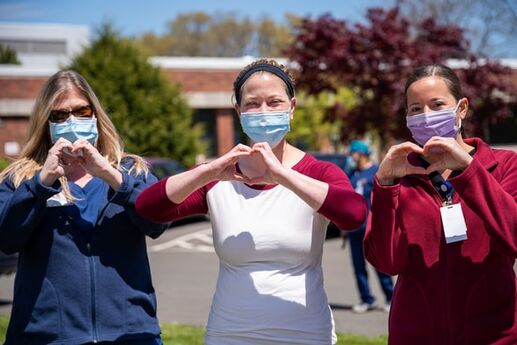Hand-washing 101: When Scrubbing up Spreads Germs
Our hands allow us to work, interact and take care of our children -- but they can also make us sick."Hand-to-face contact is the most common way germs are spread," says Dr. Harley A. Rotbart, the vice chairman of academic affairs in the pediatrics department at the University of Colorado School of Medicine, a physician at Children's Hospital Colorado, and the author of Germ Proof Your Kids: The Complete Guide to Protecting (Without Overprotecting) Your Family From Infections. That's why proper hand-washing is the best defense against cold and flu.
Most of us -- 85 percent, an American Society for Microbiology and American Cleaning Institute study says -- hit the sink in public. But Rotbart says the majority aren't scrubbing up correctly. Read on to get the clean truth about how to kill germs with proper hand-washing protocol.
- Take it all off. Before you turn on that faucet, remove your rings. According to a study published in the American Journal of Infection Control, ring-wearers had higher counts of bacteria on their hands before and after washing than those who didn't wear them. Afraid you'll misplace your band? Shift it up your finger and clean beneath it.
- Add a squirt. There are dozens of soap options available, but you can keep it simple. "There's no need for an antibacterial brand," says Rotbart."They're no more effective than the standard variety." He also recommends reaching for a liquid form. "The residue in soap dishes can make those bars a breeding ground of bacteria." For the cleanest suds, sterilize your dispenser pump in the dishwasher every other week.
- Scrub thoroughly. "The purpose of washing your hands is creating friction to rub away germs, not to kill them," says Rotbart. Teach your child to clean his entire hand, including the wrists, backs of hands, between fingers and beneath fingernails.
- Time it right. How long you spend washing up is key: A study from Northwestern University's Feinberg School of Medicine found that rinsing with water for five seconds didn't remove any germs, but washing with soap for 30 seconds eliminated them all. Experts recommend lathering up for 20 seconds, or the amount of time it takes to sing the"ABC Song" or"Twinkle, Twinkle Little Star" twice. Then rinse thoroughly; the water temperature doesn't matter, says Rotbart.
- Reach for a paper towel. "When you rub your hands with a towel, you're removing the last traces of germs," explains Rotbart. Since viruses can live on cloth surfaces, make sure each family member has his or her own. In a public bathroom that's all out of towels? Spend a little extra time with the air dryer."Bacteria continues to reproduce on wet hands," says Rotbart. In fact, a study published in Epidemiology and Infection found that when sick people touched someone else with damp hands, they transferred a whopping 68,000 microorganisms.
When to Wash
We all know to scrub after using the bathroom or before dinner, but there are less obvious times when your little one should lather up:
- After playing with animals
- After school and day care
- After playing with someone who is sick, or in a doctor's waiting room
- After playing outside
- After blowing his nose or coughing into his hands
- Before bedtime
When You're Not Near a Sink
Alcohol-based hand sanitizers are great when soap and water aren't available. Germs can only survive in moist environments, and the rubbing alcohol in these sanitizers evaporates moisture on your skin, which kills any germs that may be on your hands. Rotbart recommends stashing separate bottles in your purse and kitchen.
Like this article? Get more by following us on Facebook at Beauty & Confidence.






